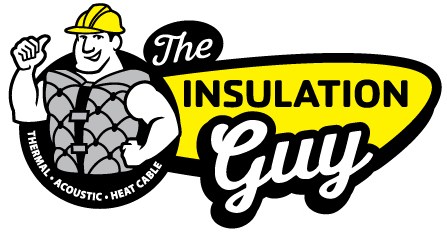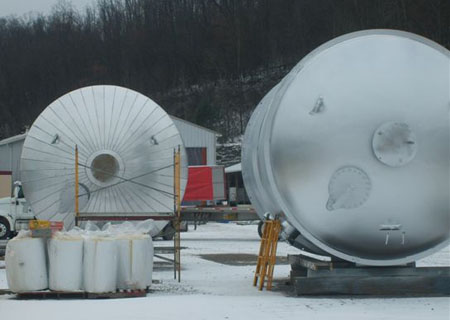
Storage Tank Insulation
It doesn't matter if your storage tank runs at -290ºF or 1200ºF (or somewhere in between). We provide insulation for all kinds of industrial tanks. Storage tank insulation generally has a payback of six to eight months when tank operates at 165ºF in outdoor conditions.
With every purchase, we will send a simple drawing that includes the list of materials to be used as well as their location to ensure the proper execution of your insulation project.
Additional information:
- For outdoor tanks (12" to 24" in height), the first course around the base is typically insulated with non-wicking insulation material. This dramatically lowers the risk of damage caused by unwanted liquids (oil, water, chemicals, etc.).
- Tank head insulation may be available in pre-machined shapes for 2:1 elliptical, domed, or flanged and dished heads.
- Several varieties of tank head attachments are available
Storage Tank Insulation in Action

73-ft. diameter, tank 80º maintenance temperature
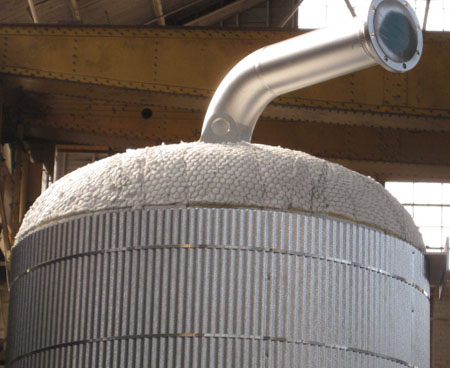
Old school tank head
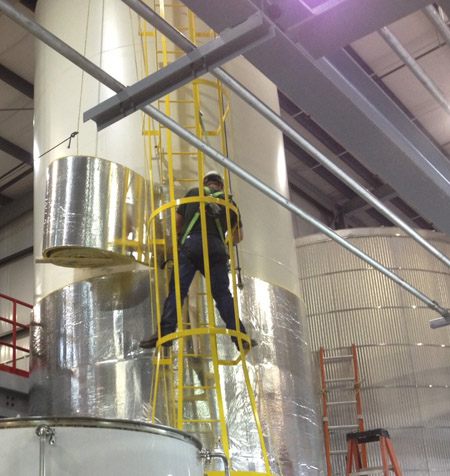
Installing blanket insulation on a vertical tank
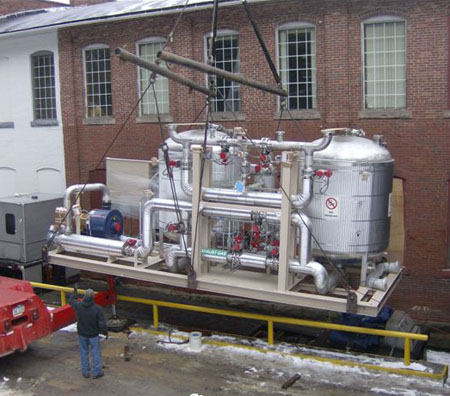
Insulation kit for skid unit
_1.png)
Get a Storage Tank Insulation Quote Today
The Insulation Guy is an industrial tank insulation supplier that strives to provide only the best equipment on the market. Working with countless industries, The Insulation Guy helps save businesses money, and keep workers safe. We pride ourselves on being truly knowledgeable in understanding how to solve your pipe insulation application and protection problems, however simple or complex. Get a free quote today to learn more about what industrial insulation can do for you.
Frequently Asked Questions
What are the main benefits of insulating industrial tanks?
What types of tanks commonly require insulation?
How is tank insulation typically installed?
What materials are commonly used for tank insulation?
What factors influence the choice of insulation material and thickness?
